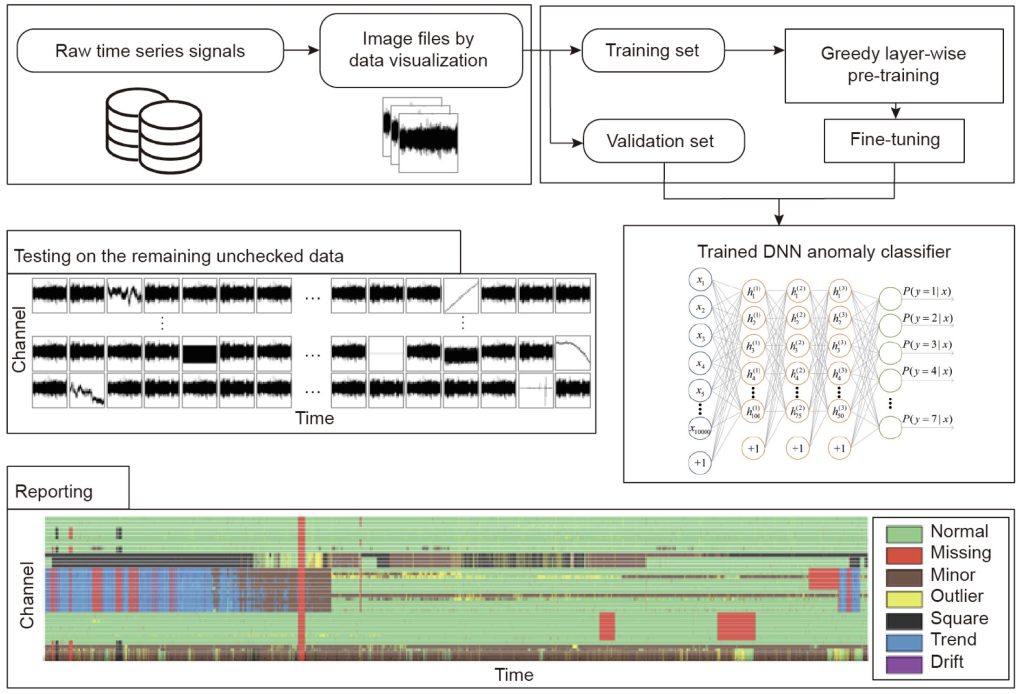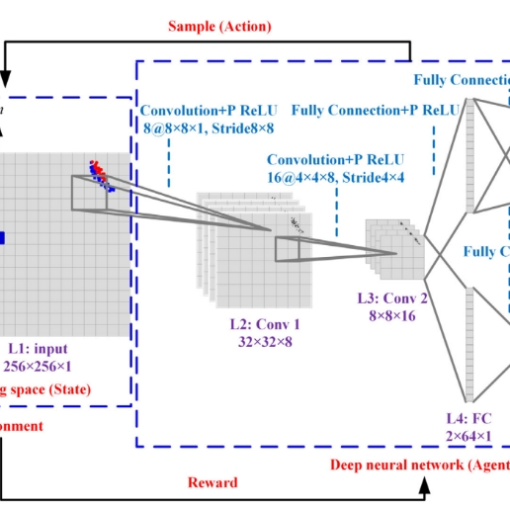Abstract: Structural health monitoring (SHM) is a multi-discipline field that involves the automatic sensing of structural loads and response by means of a large number of sensors and instruments, followed by a diagnosis of the structural health based on the collected data. Because an SHM system implemented into a structure automatically senses, evaluates, and warns about structural conditions in real time, massive data are a significant feature of SHM. The techniques related to massive data are referred to as data science and engineering, and include acquisition techniques, transition techniques, management techniques, and processing and mining algorithms for massive data. This paper provides a brief review of the state of the art of data science and engineering in SHM as investigated by these authors, and covers the compressive sampling-based data-acquisition algorithm, the anomaly data diagnosis approach using a deep learningalgorithm, crack identification approaches using computer vision techniques, and condition assessment approaches for bridges using machine learning algorithms. Future trends are discussed in the conclusion.





